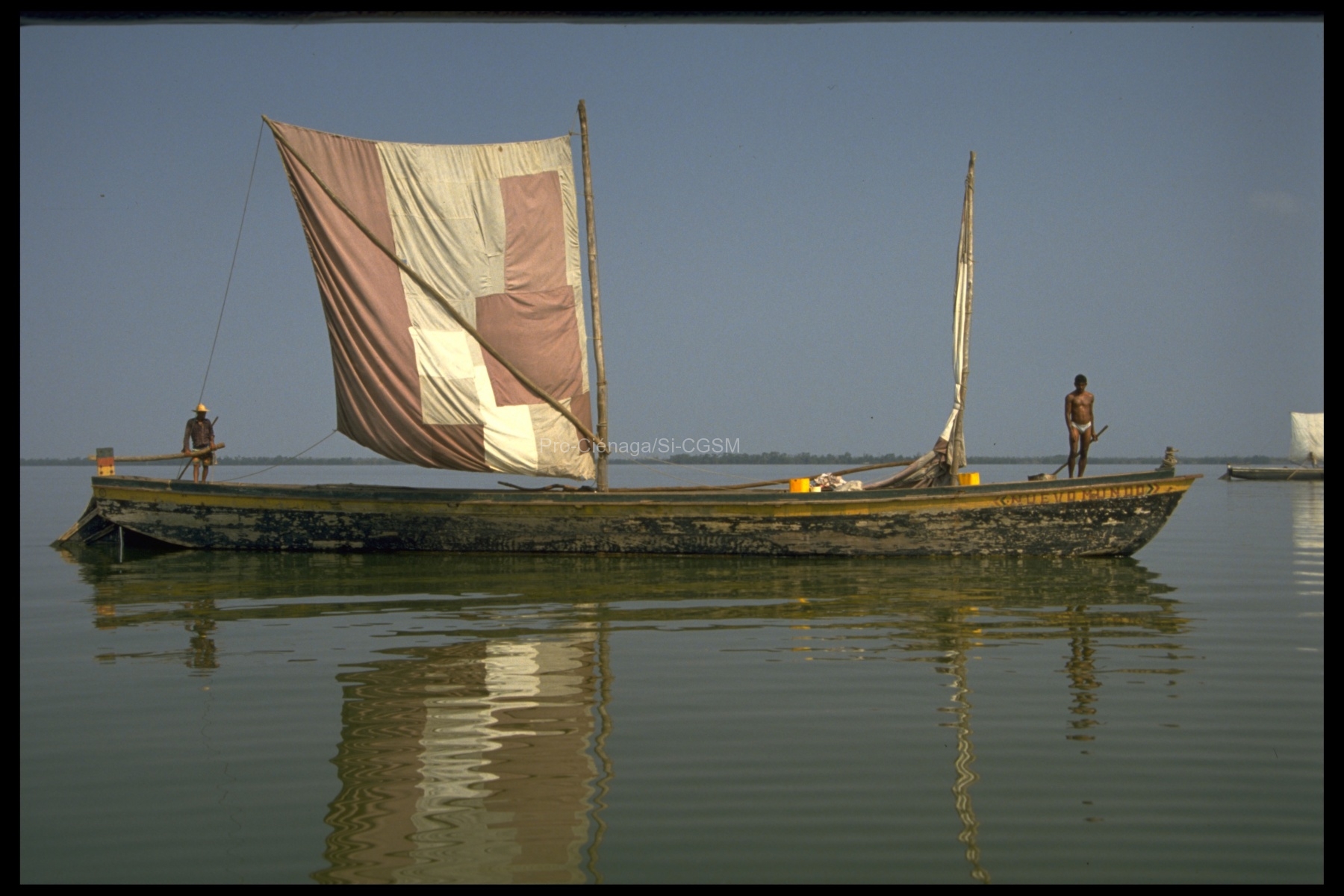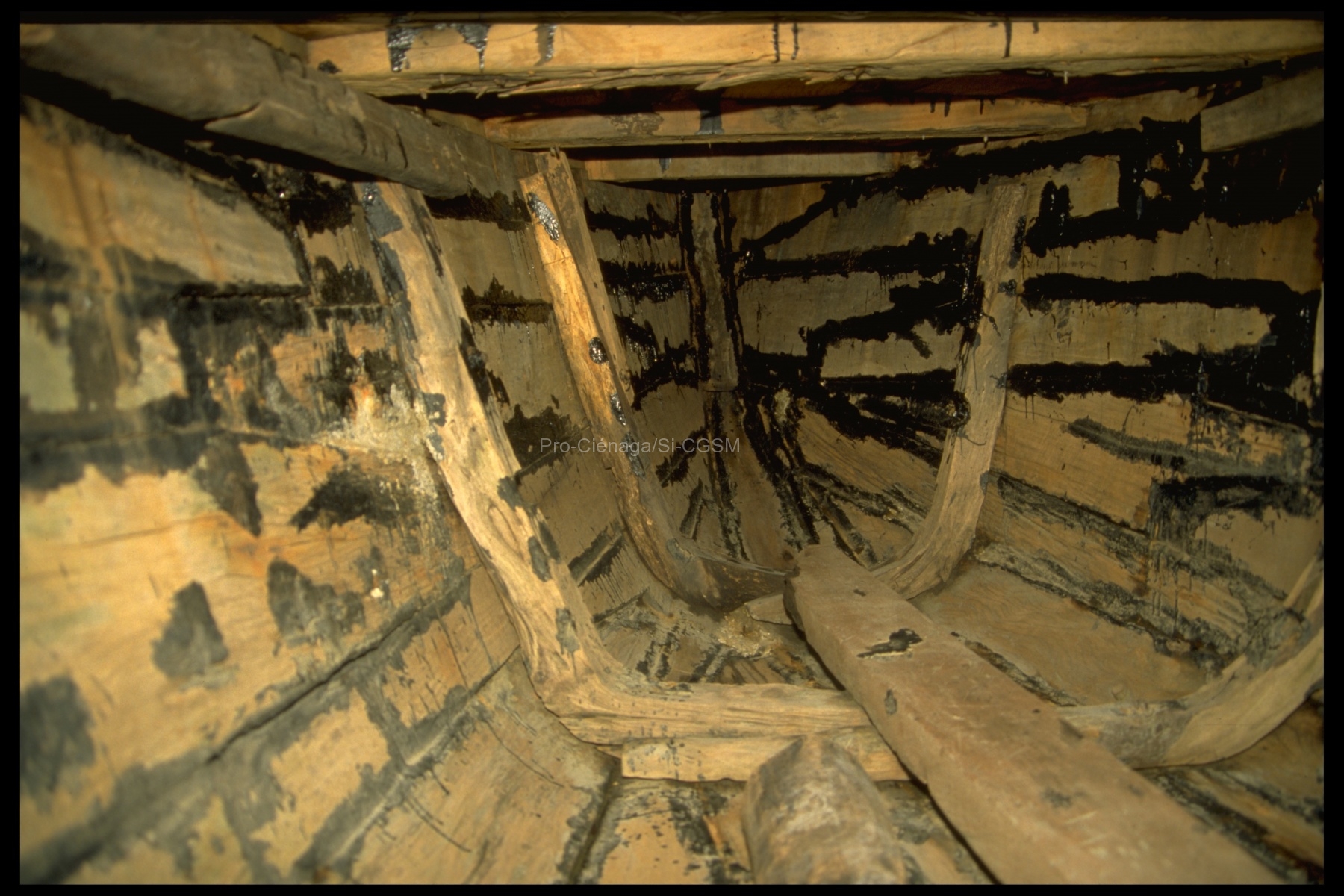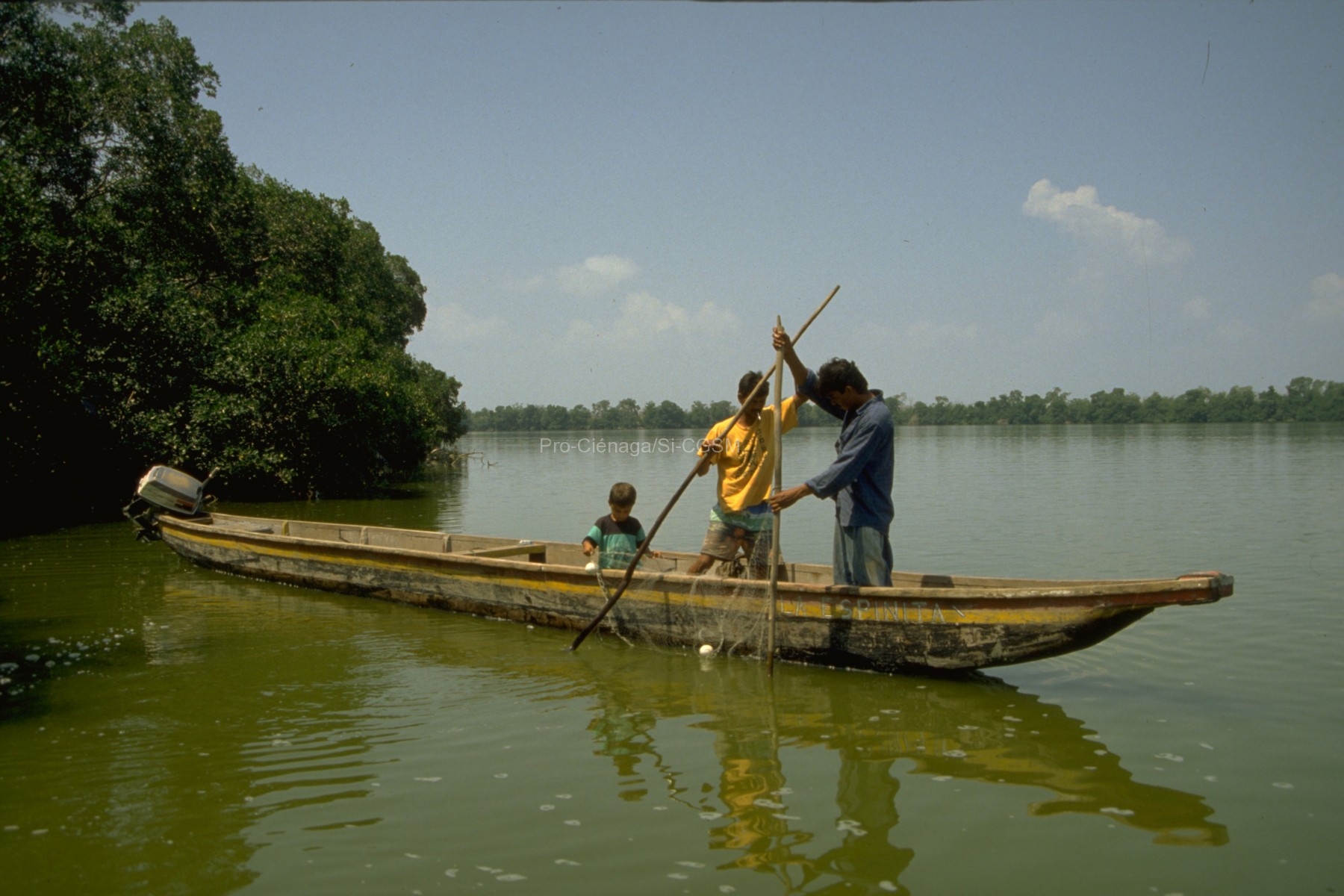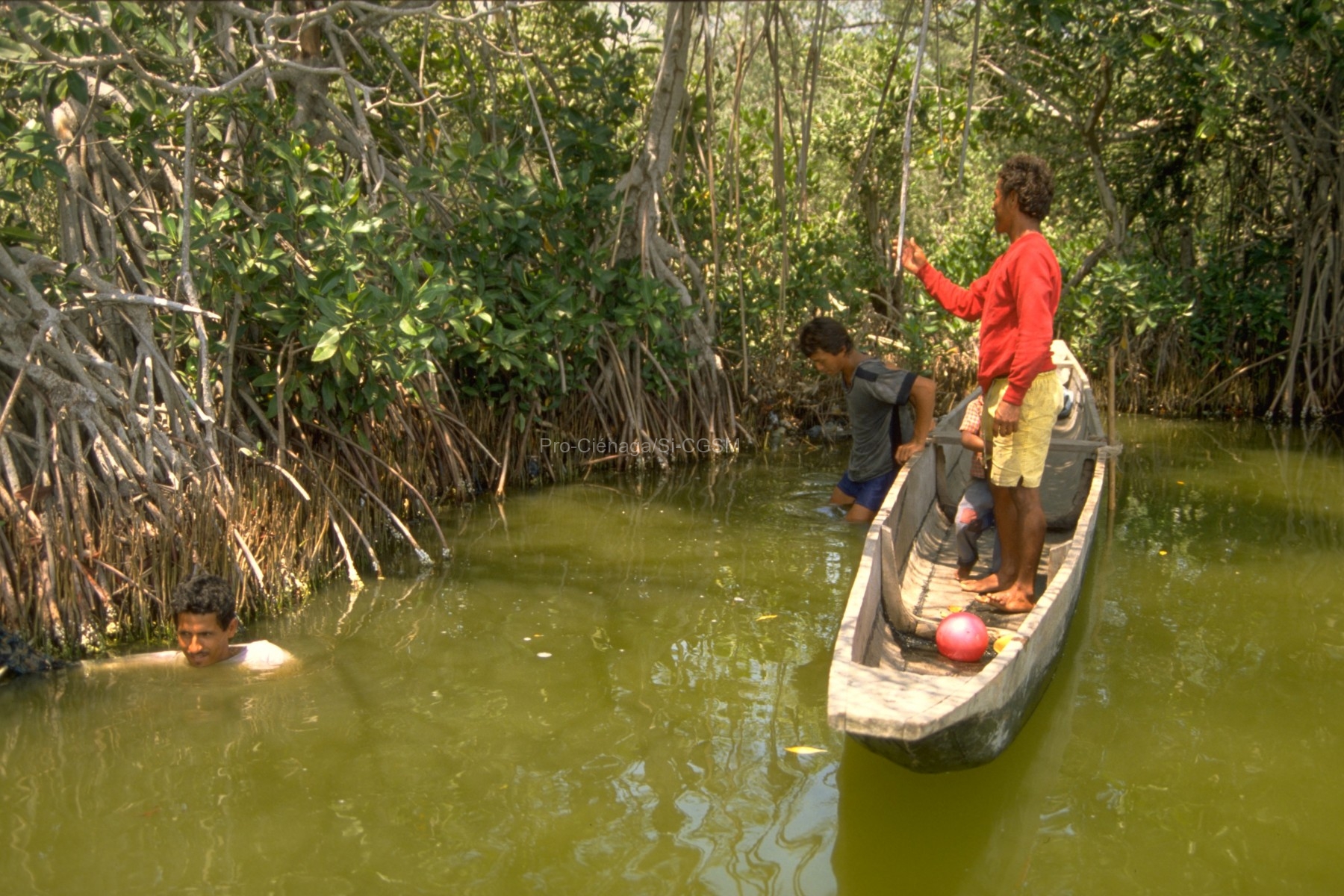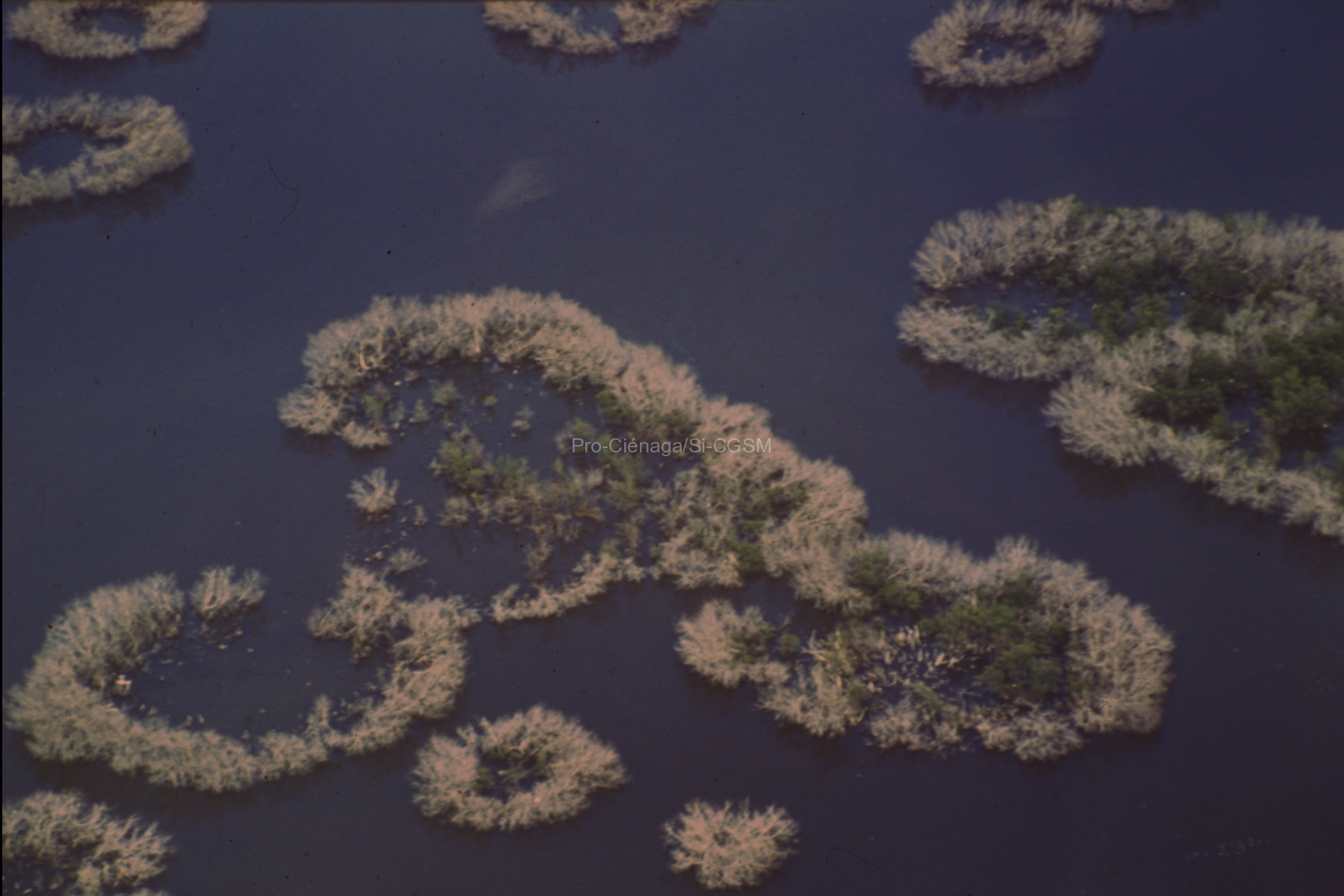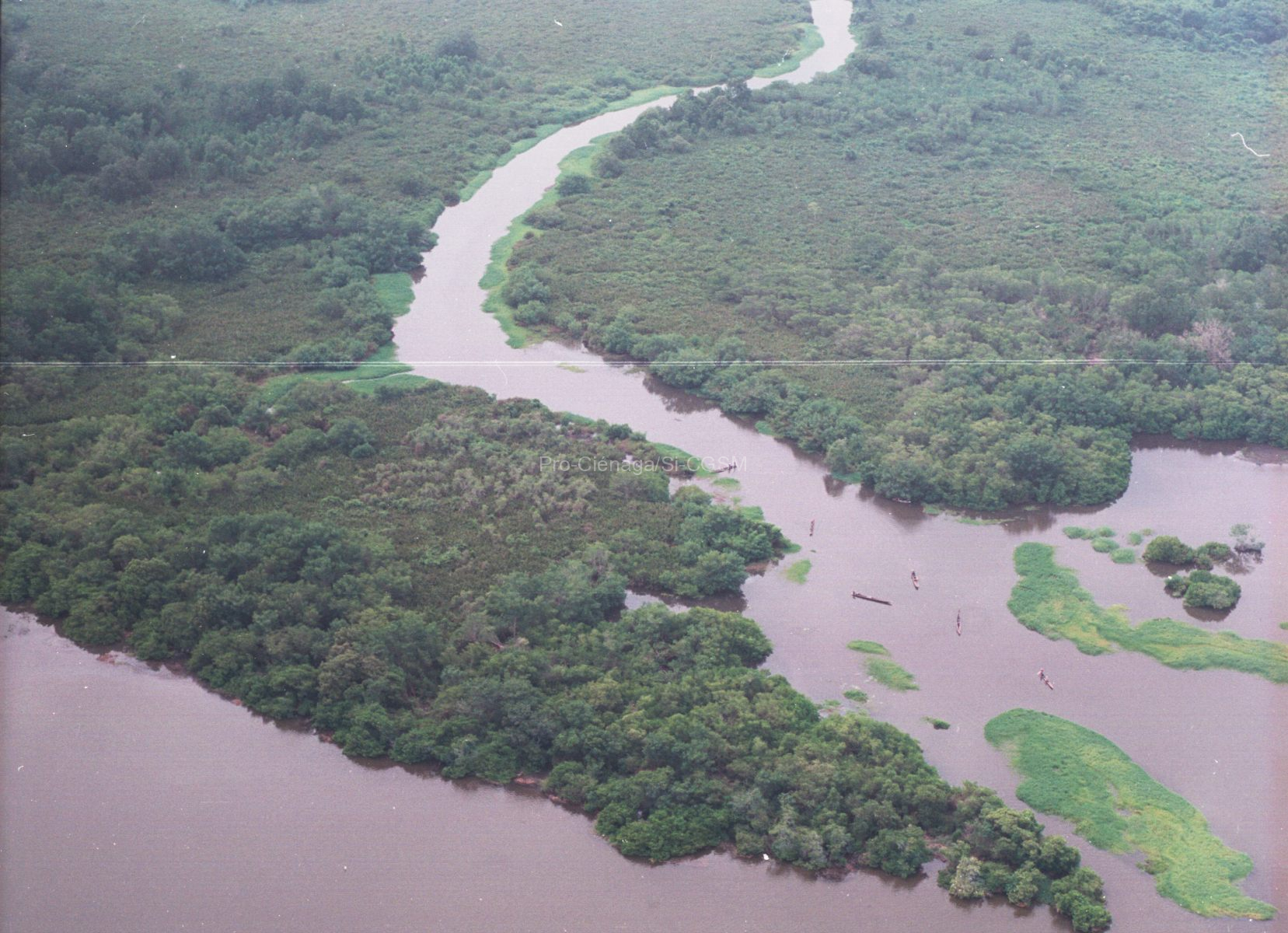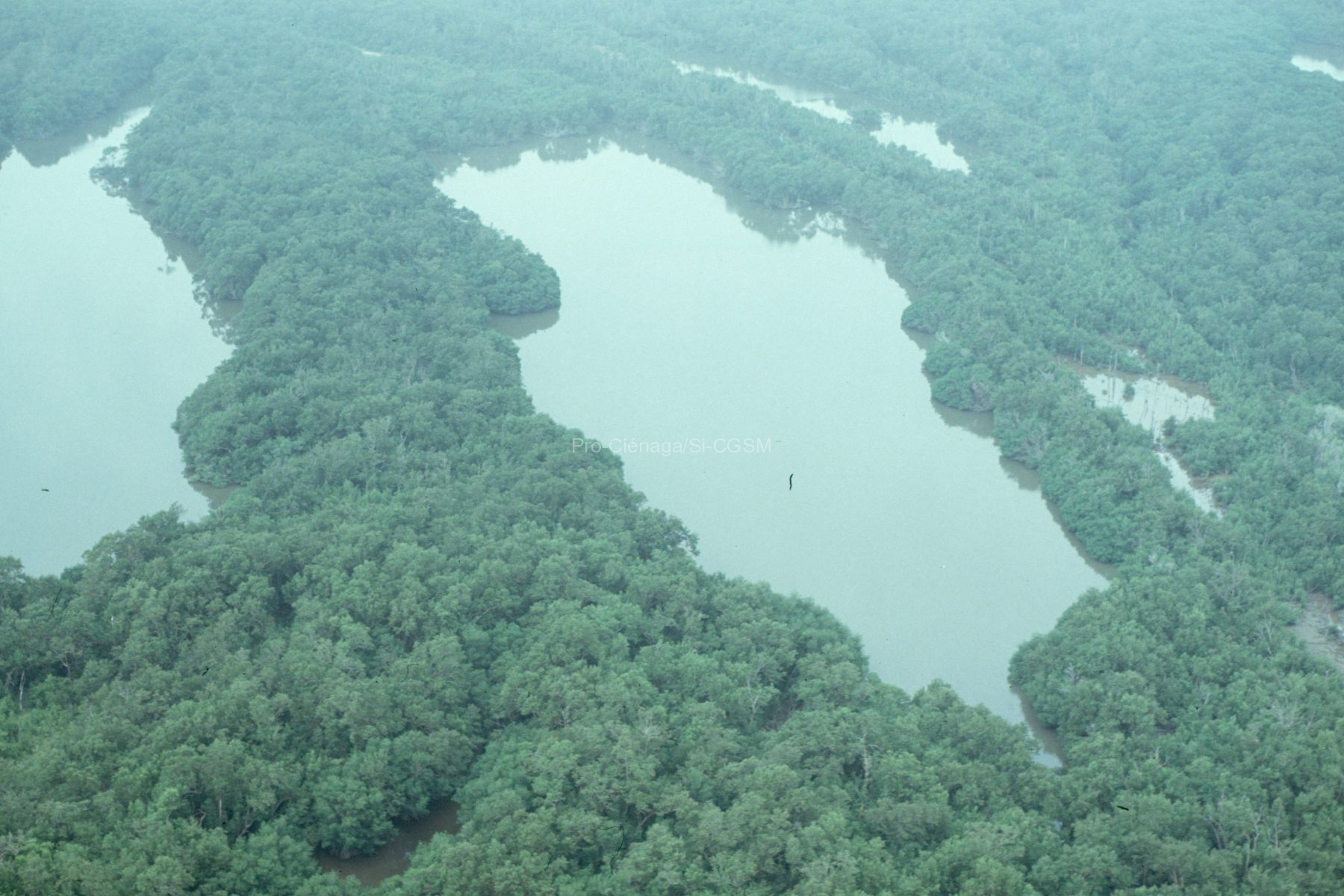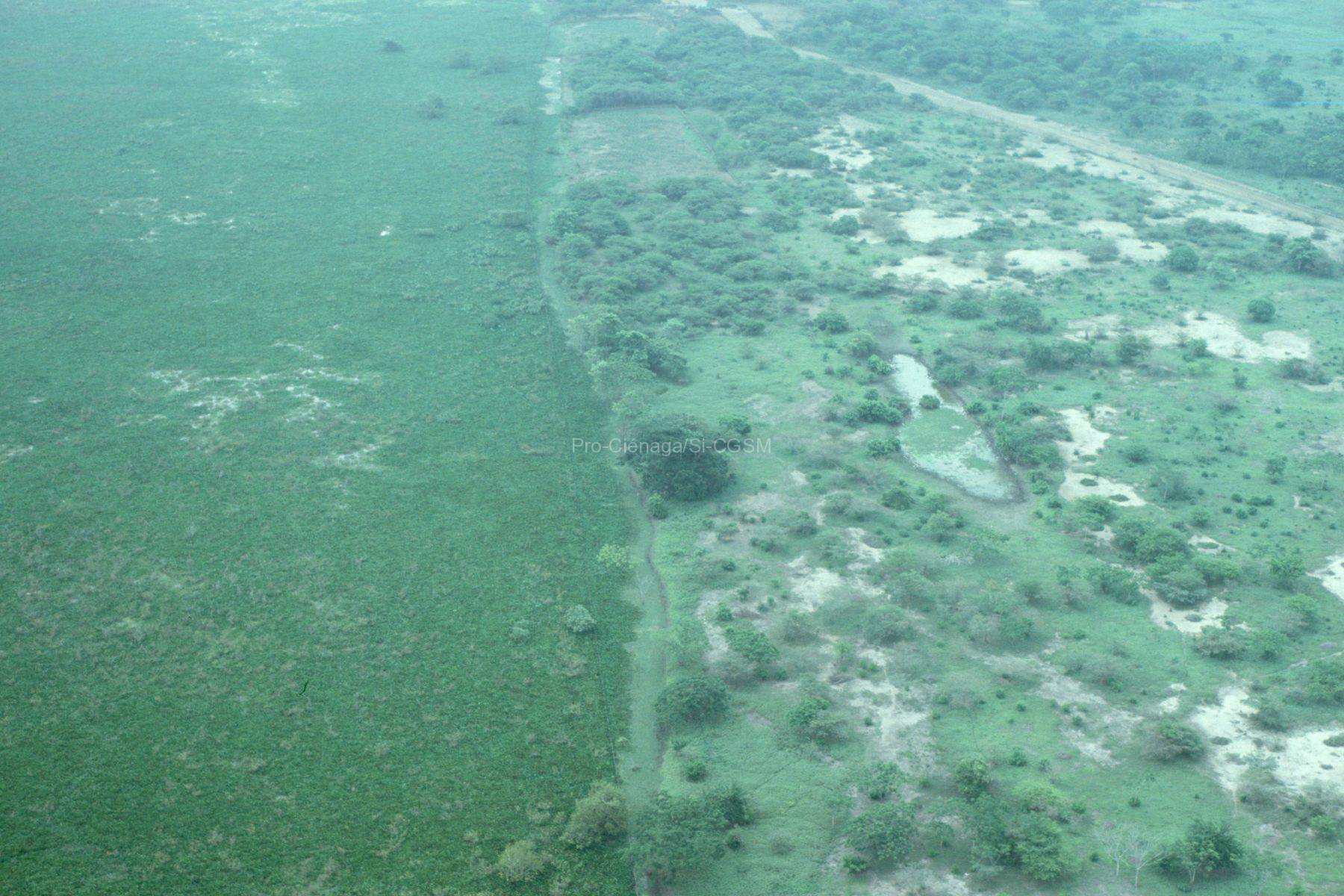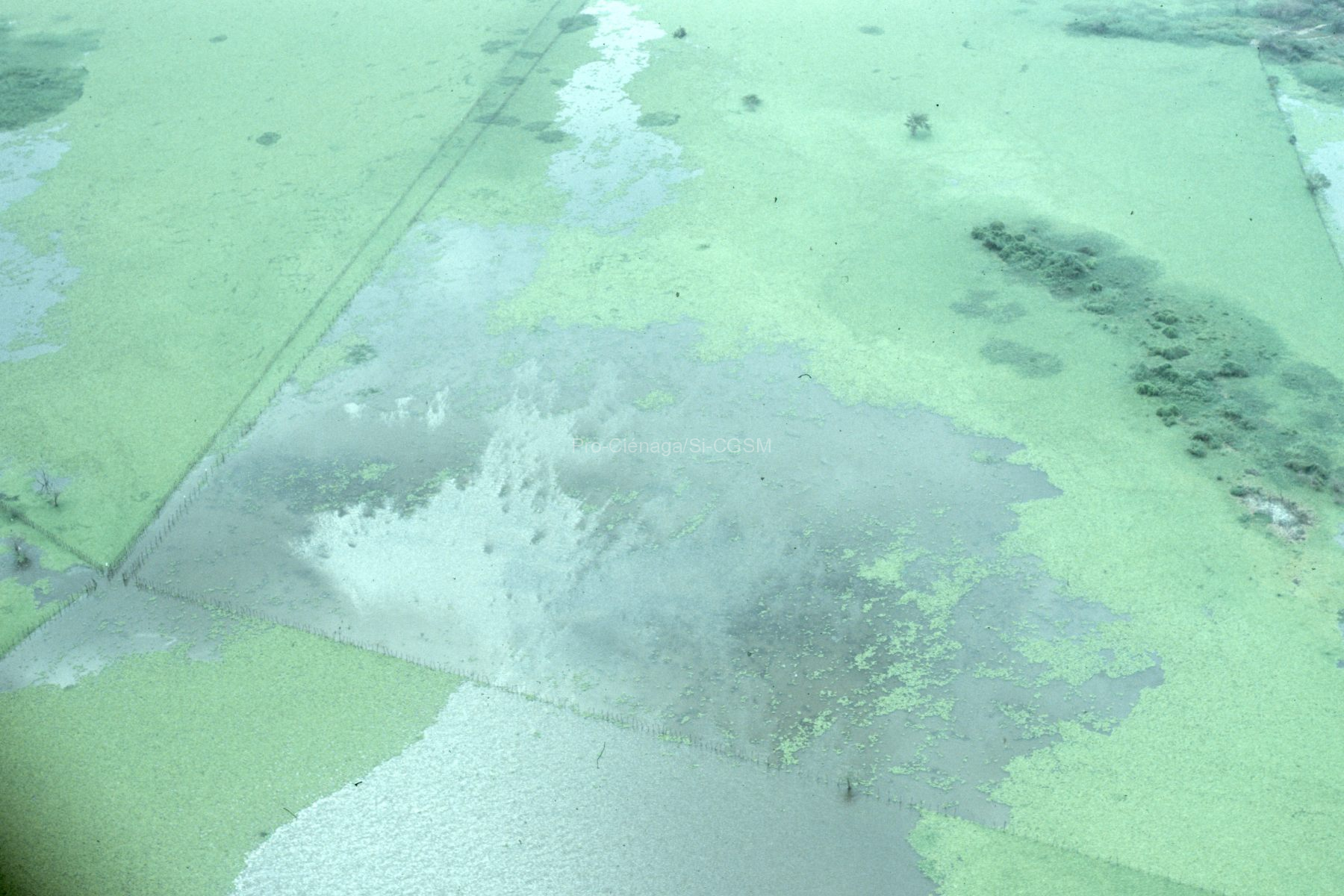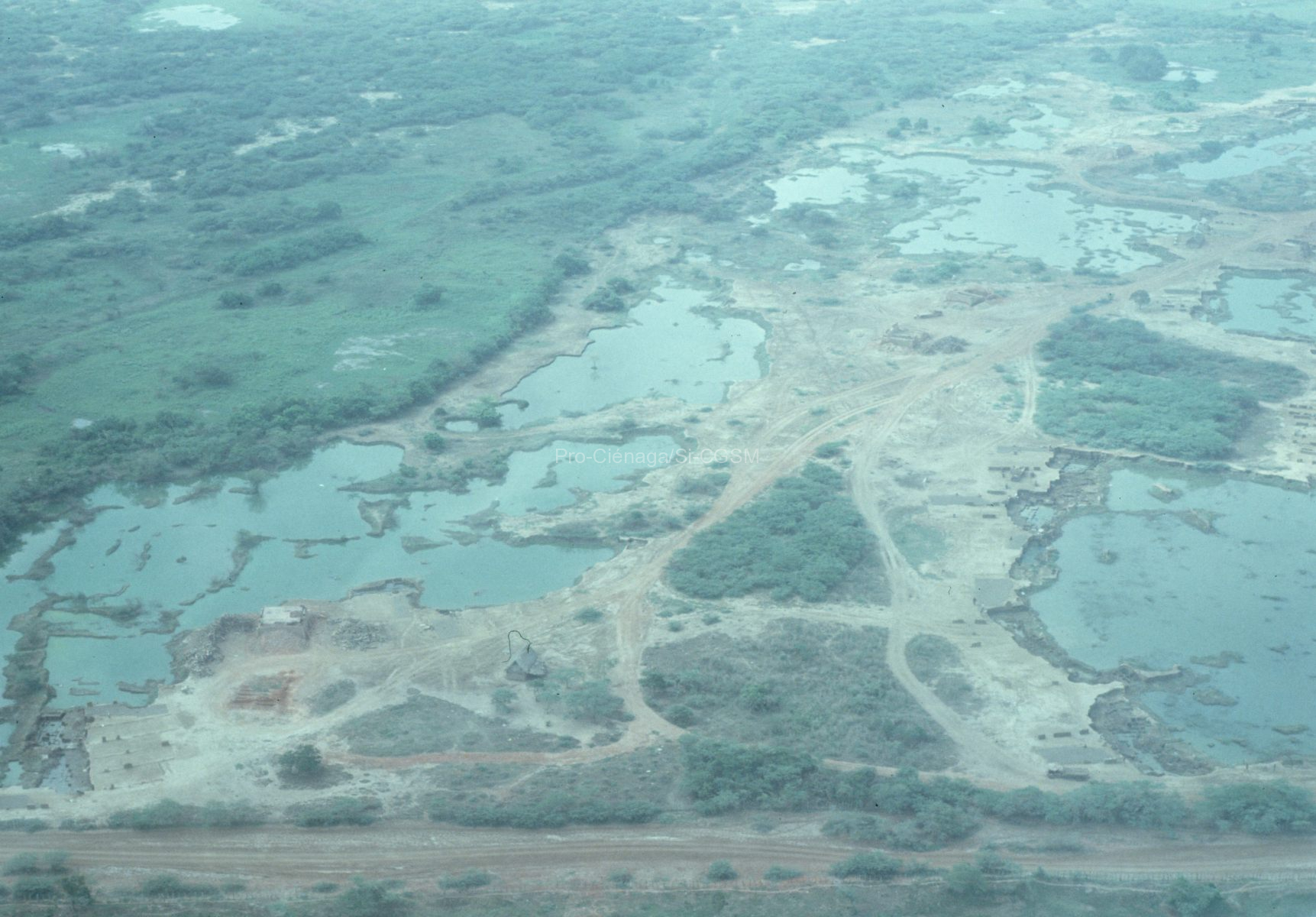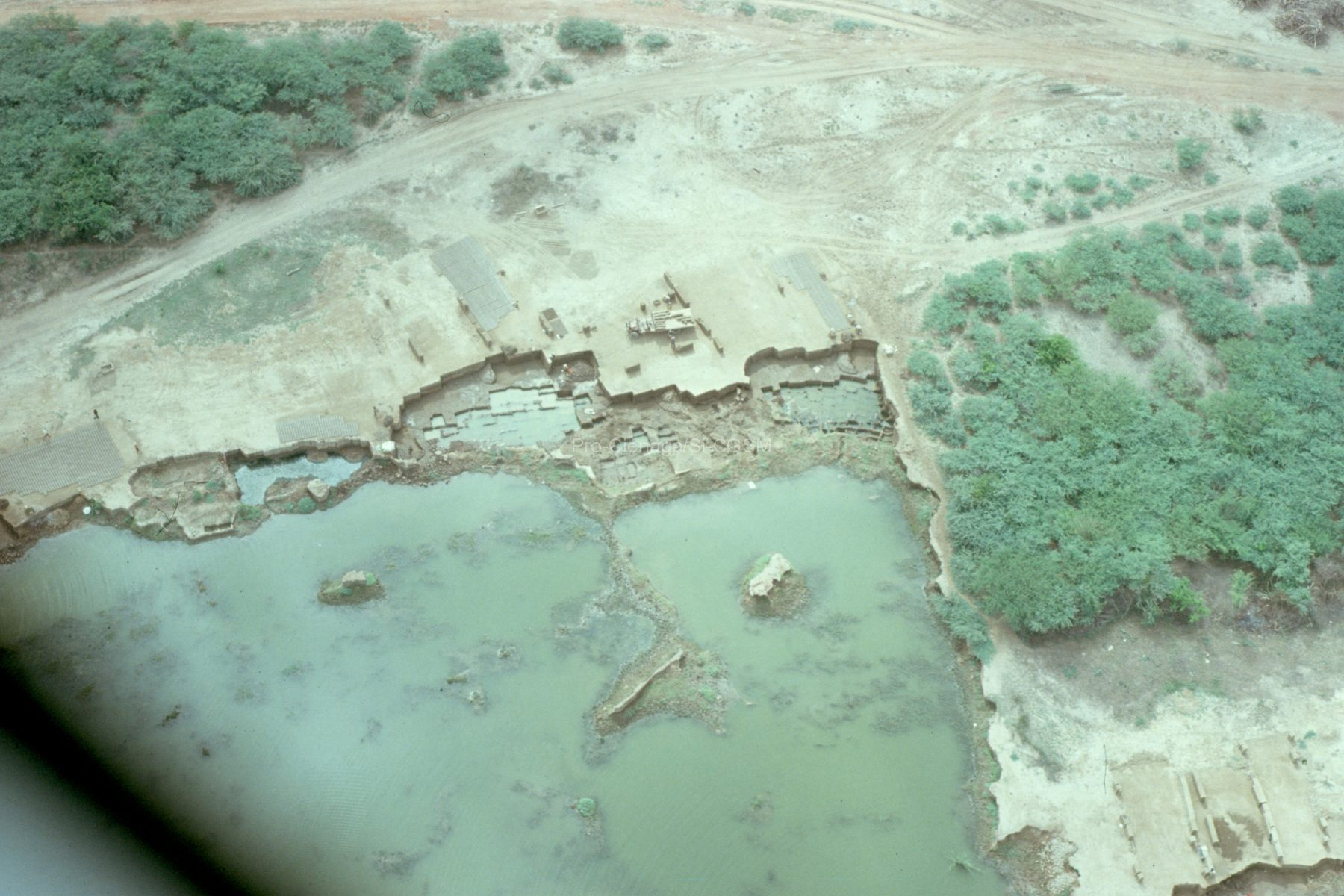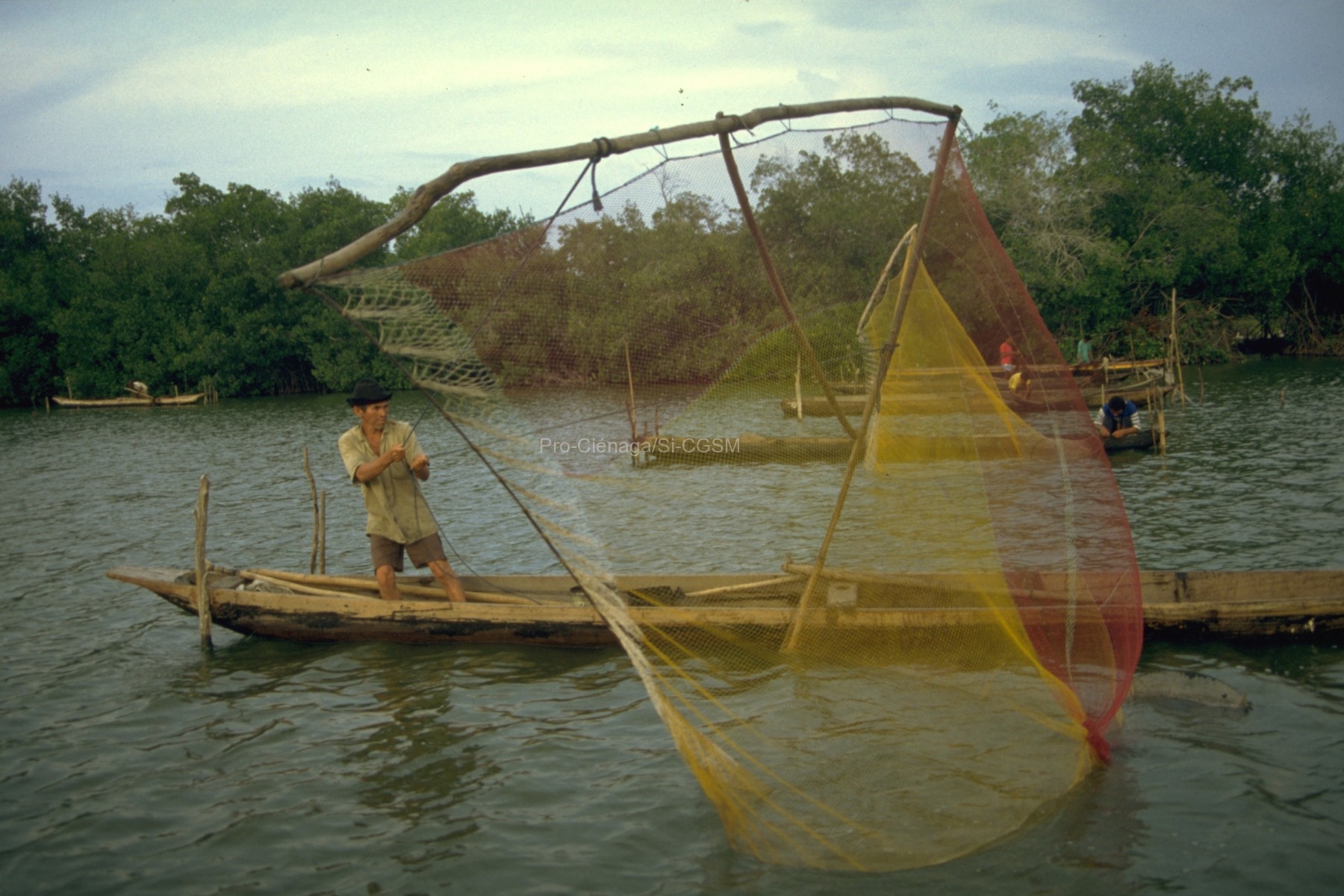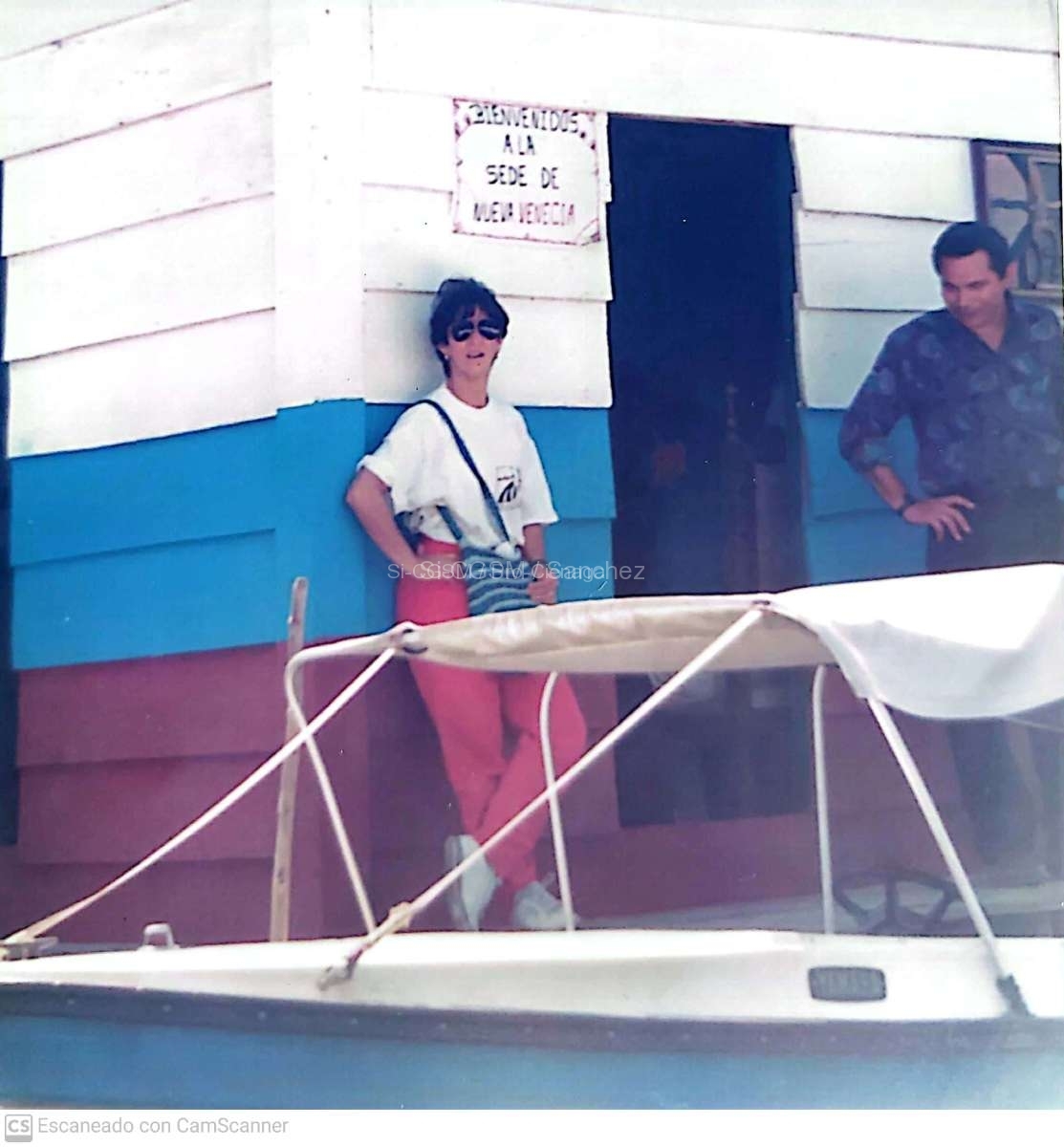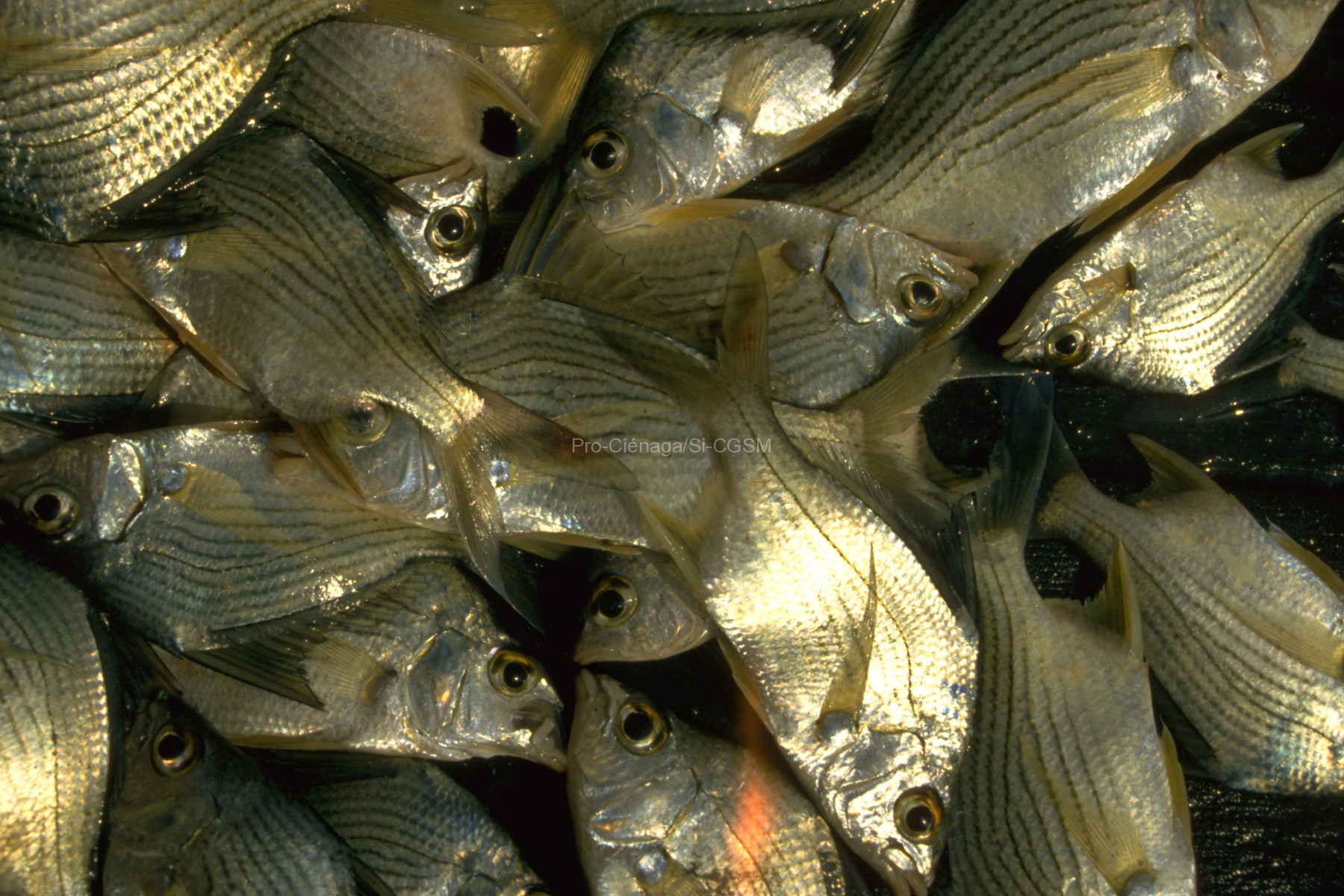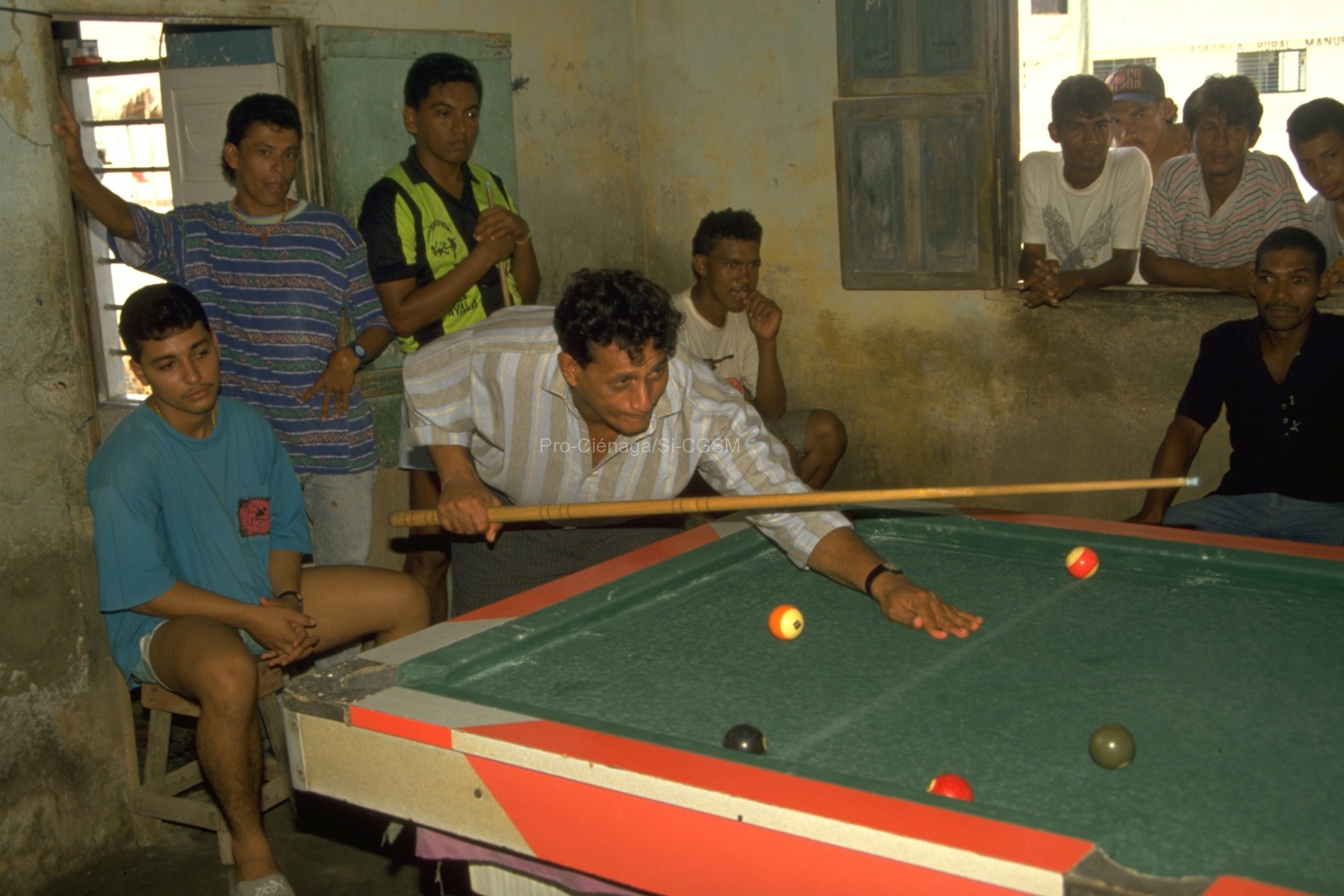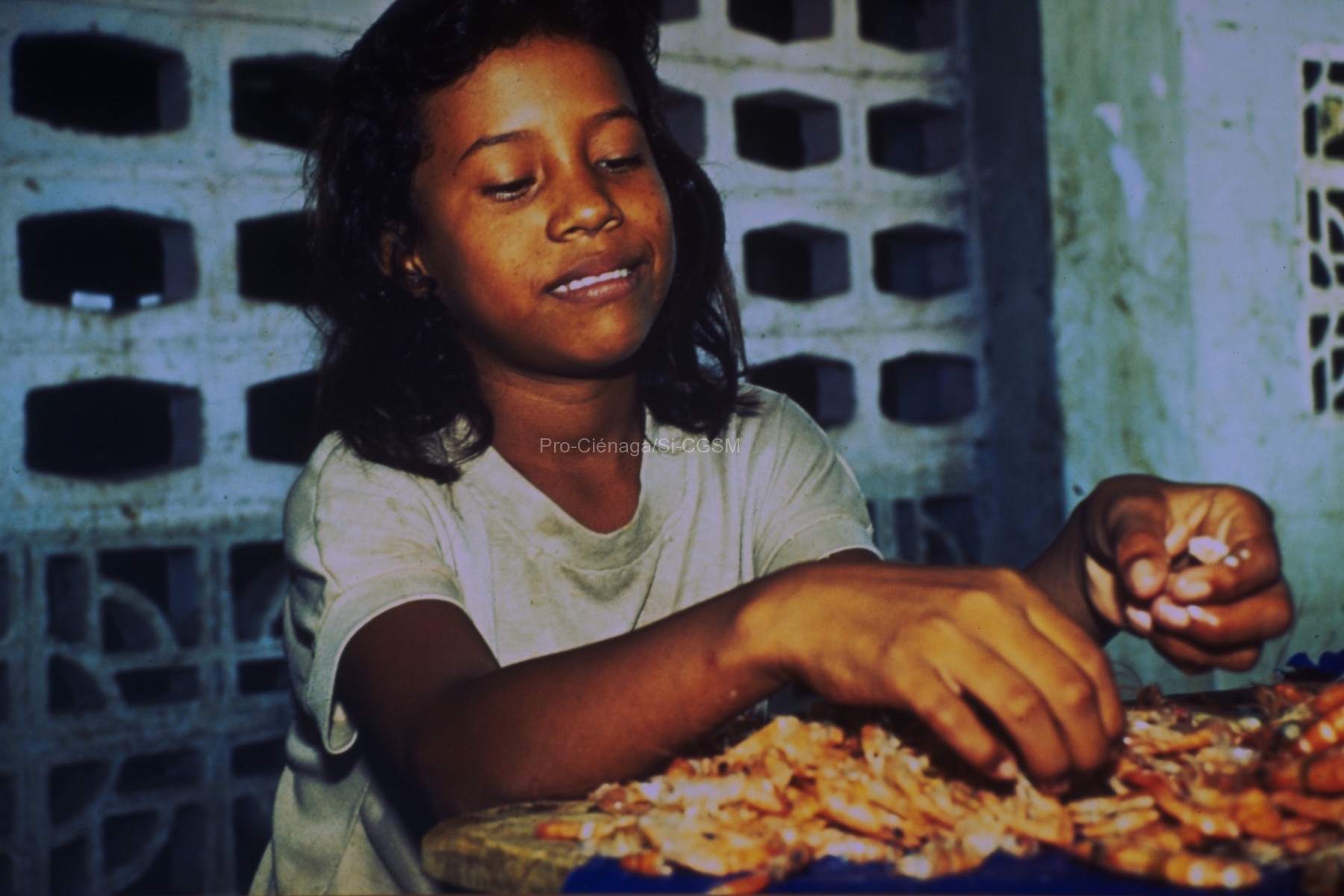DCA DISTRIBUTION: Leptodactylus savagei occurs in mesic areas of Honduras, Nicaragua, Costa Rica, Panama and scattered localities in the Caribbean versant of Colombia, from sea level...
Seguir leyendo...Amphibia
Heyer, W. R., & Heyer, M. M. (2013). Systematics, distribution, and bibliography of the frog Leptodactylus insularum Barbour, 1906 (Amphibia: Leptodactylidae). Proceedings of the Biological Society of Washington, 126(3), 204-233.
https://doi.org/10.2988/0006-324X-126.3.204 The Leptodactylus bolivianus complex has recently been assessed and determined to be comprised of three species – L. bolivianus, L. guianensis, and L. insularum (Heyer...
Seguir leyendo...Hernández-Palma, T. L., Rueda-Solano, L. A., & Rojas, B. (2020). Pleurodema brachyops (Cope, 1869) Rana de cuatro ojos colombiana. Catálogo de Anfibios y Reptiles de Colombia, 6(1), 27-35.
DCA Distribución geográfica: Pleurodema brachyops se encuentra distribuida entre los 0-500 m s. n. m. en países como Brasil, Colombia, Guyana, Panamá y Venezuela. En este...
Seguir leyendo...Gonzalez Vargas, A. A., & Rueda Solano, L. A. (2016). Pseudis paradoxa (Linnaeus, 1758): Northward extension of the known distribution range in Colombia. Herpetozoa 28 (3/4), 192-193.
https://www.researchgate.net/publication/296198411_Pseudis_paradoxa_Linnaeus_1758_northward_extension_of_the_known_distribution_range_in_Colombia DISTRIBUCIÓN: In spite of increasing knowledge about the diversity of anuran amphibians in Colombia (BernaL & Lynch 2008;Galvis-Peñuela et al. 2011; Costa-Galvis 2012), there are...
Seguir leyendo...Franklyn, D. (2015). Pseudis paradoxa (Paradoxical Frog). The Online Guide to the Animals of Trinidad and Tobago.
https://sta.uwi.edu/fst/lifesciences/sites/default/files/lifesciences/documents/ogatt/Pseudis_paradoxa%20-%20Paradoxical%20Frog.pdf DISTRIBUTION: It is found in some of the South American countries (Fig. 4) such as Argentina, the Pantanal and the Amazon in Brazil and the...
Seguir leyendo...Escalona, M., Prieto-Torres, D., & Rojas-Runjaic, F. J. M. (2017). Unveiling the geographic distribution of Boana pugnax (Schmidt, 1857) (Anura, Hylidae) in Venezuela: New state records, range extension, and potential distribution. Check List, 13(5), 671-681.
https://doi.org/10.15560/13.5.671 Boana pugnax is a treefrog inhabiting open lowlands from southern Central America and northwestern South America. Its geographic distribution in Venezuela is poorly understood due,...
Seguir leyendo...del Castillo Domínguez, S. L., González, C. A. M., Fernández, E. B., Pelea, L. P., Cézilly, F., & Bosch, R. A. (2021). Predicting the invasion of the acoustic niche: Potential distribution and call transmission efficiency of a newly introduced frog in Cuba. Perspectives in Ecology and Conservation, 19(1), 90-97.
https://doi.org/10.1016/j.pecon.2020.12.002 Leptodactylus fragilis is a recently introduced frog in Cuba, where it may impact local populations of amphibians in different ways. Here, we combined two methods...
Seguir leyendo...Balaguera-Reina, S., González-Maya, J. F., & Acero P, A. (2010). Fauna nocturna asociada a los manglares y otros humedales en la Vía Parque Isla de Salamanca, Departamento del Magdalena, Caribe Colombiano. Bol. Invest. Mar. Cost., 39(1): 191-199.
http://www.scielo.org.co/pdf/mar/v39n1/v39n1a11.pdf Nocturnal fauna associated to mangroves and other wetlands in the Vía Parque Isla de Salamanca, Departamento Magdalena, Colombian Caribbean. This note reports the faunal species...
Seguir leyendo...Angulo, A., & Baldo, D. (2010). Pseudis paradoxa. The IUCN Red List of Threatened Species, e.T55904A11385563, 10p. ISSN 2307-8235 (online)
https://www.iucnredlist.org/species/55904/3033426#assessment-information
Seguir leyendo...

